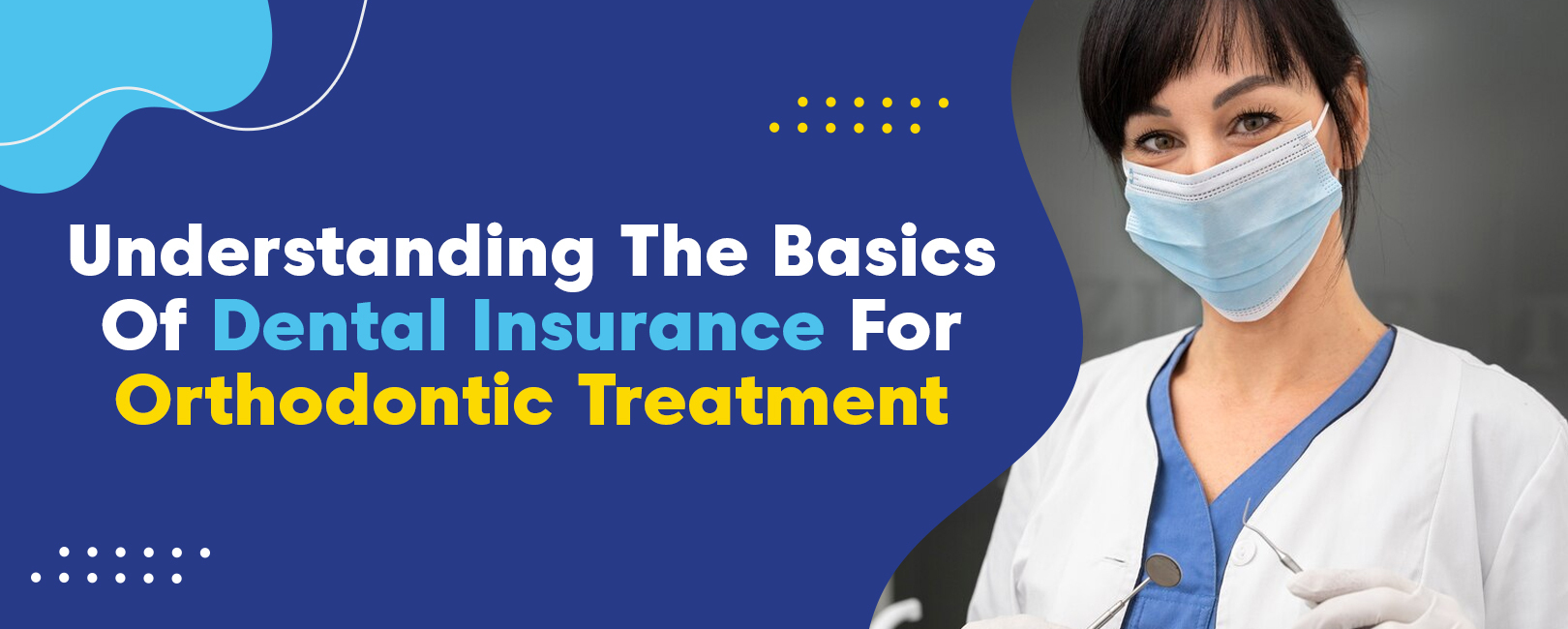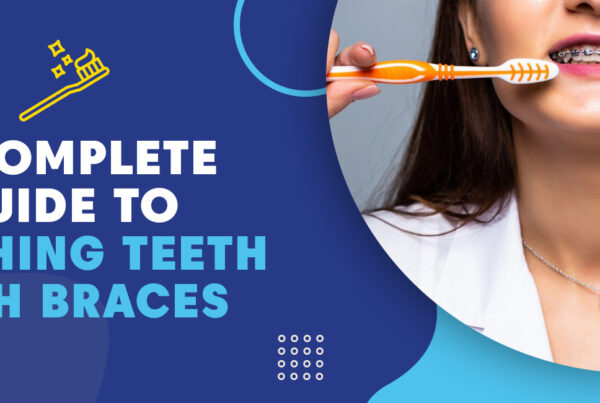- What Is Dental Insurance?
- Understanding The Dental Insurance Basics
- How Does Dental Insurance Work for Orthodontic Treatment?
- What’s Not Covered Under Dental Insurance?
- What to Consider When Looking at Your Insurance Plan
- Can Myself Or My Children Obtain Braces Through Medicaid?
- Maximize Your Orthodontic Coverage with Orthodontic Experts
As dental care expenses continue to rise, having dental coverage in the United States can bring you comfort. It can help cover everything from regular check-ups to more advanced procedures like extractions, easing the financial burden.
In this blog, we’ll crack open the mysteries of how different kinds of dental plans handle orthodontics. Plus, we’ll help you pick the perfect dental insurance with orthodontic coverage, so your smile shines brighter than ever! So buckle up, friends, and let’s explore the dental insurance basics!
What Is Dental Insurance?
Dental insurance helps to assist with the expenses of preventive and corrective dental procedures, covering routine check-ups, dental work, injuries, and emergencies. Often known as supplemental insurance, it varies in its coverage for orthodontic treatment, depending on the specific policy.
Cosmetic dental procedures, like veneers are not covered. Many individuals acquire dental insurance from their employers, while an alternative is purchasing it through the Health Insurance Marketplace when getting healthcare coverage simultaneously.
Understanding The Dental Insurance Basics
To comprehend the basics of dental insurance, it’s important to understand various components. Let’s break down each part:

- Eligibility: Dental insurance is usually available for individuals, families, and businesses with less than 249 employees. Eligibility factors may include age, income, and medical conditions.
- Benefits: Dental insurance covers various treatments, from routine check-ups to restorative dental care and emergencies. Some policies might also include coverage for orthodontic treatment.
- Payments: Dental insurance operates on a reimbursement system. You pay for the dental services and then get reimbursed by the insurance company. Payments involve premiums, deductibles, and co-pays.
- Starting Date: Coverage usually begins after purchasing a plan, but waiting periods may apply for certain benefits.
- Loss in Coverage: Circumstances leading to loss of coverage include non-payment of premiums, policy cancellation, or reaching the maximum coverage limit. To avoid losing coverage, it’s crucial to make timely payments and stay within coverage limits.
- Ongoing Treatments: Dental insurance handles ongoing treatments by reimbursing costs up to the policy’s coverage limit. If the treatment surpasses the limit, the insured may be responsible for the remaining costs.
How Does Dental Insurance Work for Orthodontic Treatment?
While many dental insurance plans don’t cover adult orthodontic treatment, they often provide support for families to help children under 18 receive treatment.
If you’re considering braces or aligners, it’s important to research and understand the potential costs of orthodontic treatment under your specific policy.
Here are key elements of dental insurance you should be aware of:
- Premium: This is your monthly payment.
- Deductible: These are your out-of-pocket costs for oral health services that you must pay before your insurance coverage begins.
- Coinsurance: After paying your deductible, this is the percentage you contribute based on your policy’s covered expenses.
- Copay: This is a fixed price for certain oral health services that you are responsible for paying.
What’s Not Covered Under Dental Insurance?
Not all dental insurance plans cover certain procedures, despite offering coverage for basic dental care and preventive services. Here are some commonly excluded items:

- Cosmetic procedures like veneers.
- Orthodontic treatments like aligners.
- Dental care related to pre-existing medical conditions.
What to Consider When Looking at Your Insurance Plan
When evaluating your insurance plan, consider the following factors to make a well-informed decision:
- Cost: Select a dental plan that aligns with your budget. Evaluate premiums, deductibles, co-pays, and out-of-pocket expenses.
- Coverage: Understand what the plan includes, encompassing routine check-ups, cleanings, X-rays, fillings, major procedures, and orthodontic treatment.
- In-Network Dentists: Various dental insurance plans have a network of preferred dentists. Choosing a dentist within this network can result in lower out-of-pocket costs.
- Policy Restrictions: Thoroughly review policies to comprehend any restrictions, waiting periods, and maximum coverage limits.
- Additional Benefits: Some plans offer extra benefits like coverage for orthodontic treatment, cosmetic procedures, or discounts on specific services. Evaluate these additional benefits based on your specific needs.
Can Myself Or My Children Obtain Braces Through Medicaid?
If you qualify for Medicaid, you may be able to receive orthodontic treatment, but a licensed orthodontist must determine it as medically necessary. Keep in mind that this benefit is available for children under 21 years old.

Before proceeding with orthodontic treatment under Medicaid, it’s essential to verify the exact percentage of the overall costs that will be covered. This information ensures you have a clear understanding of your financial responsibility.
Maximize Your Orthodontic Coverage with Orthodontic Experts
For several years, Orthodontic Experts has been assisting numerous individuals and families in Illinois, Wisconsin, and Indiana, offering a perfect blend of quality and affordability in orthodontic treatment.
We are always ready and happy to address any inquiries you may have about your insurance policy. Feel free to reach out to us online or give us a call to connect with our team. They can provide valuable insights to help you comprehend your insurance policy and how it can contribute to ensuring top-notch orthodontic treatment for both you and your loved ones!










